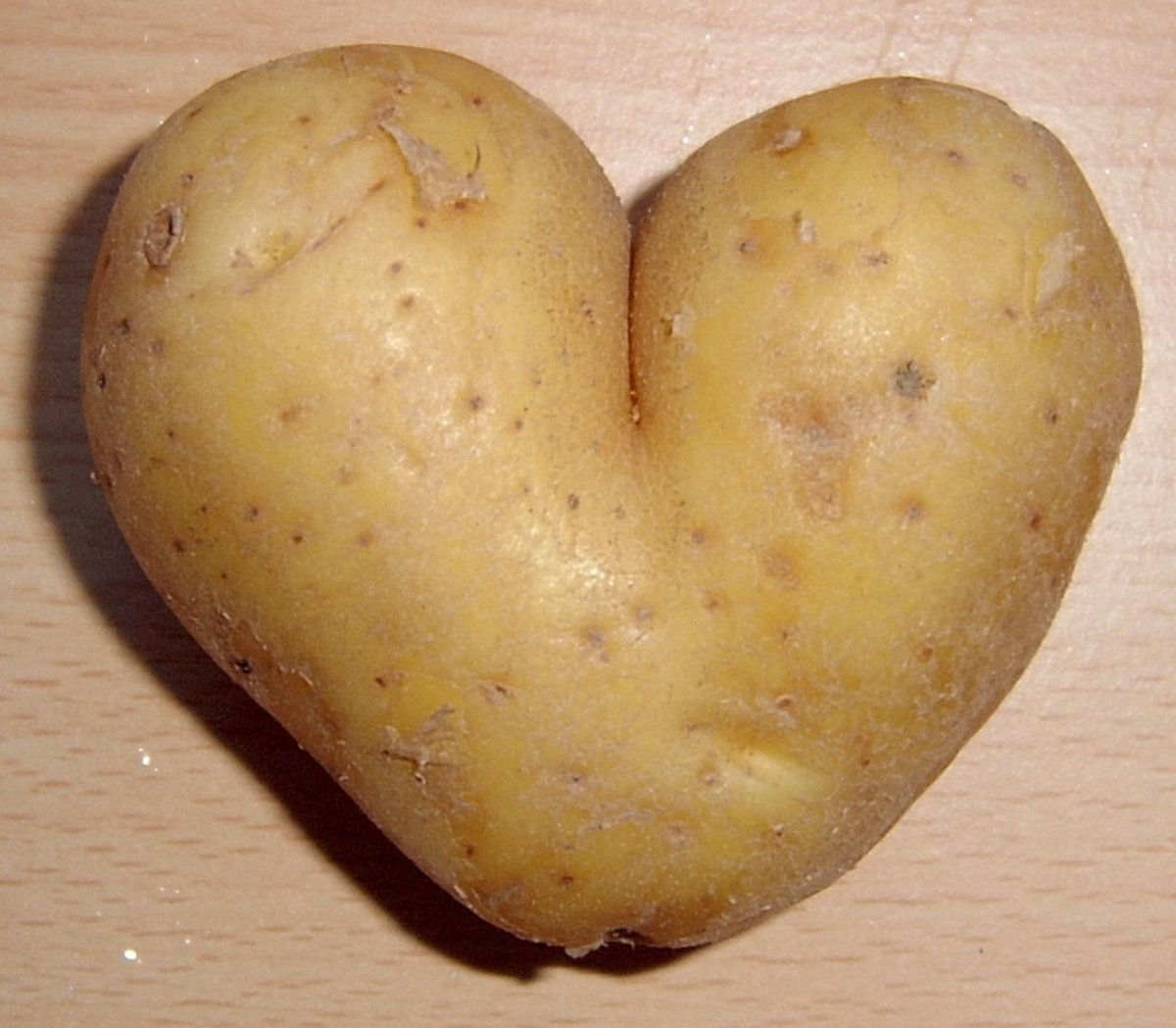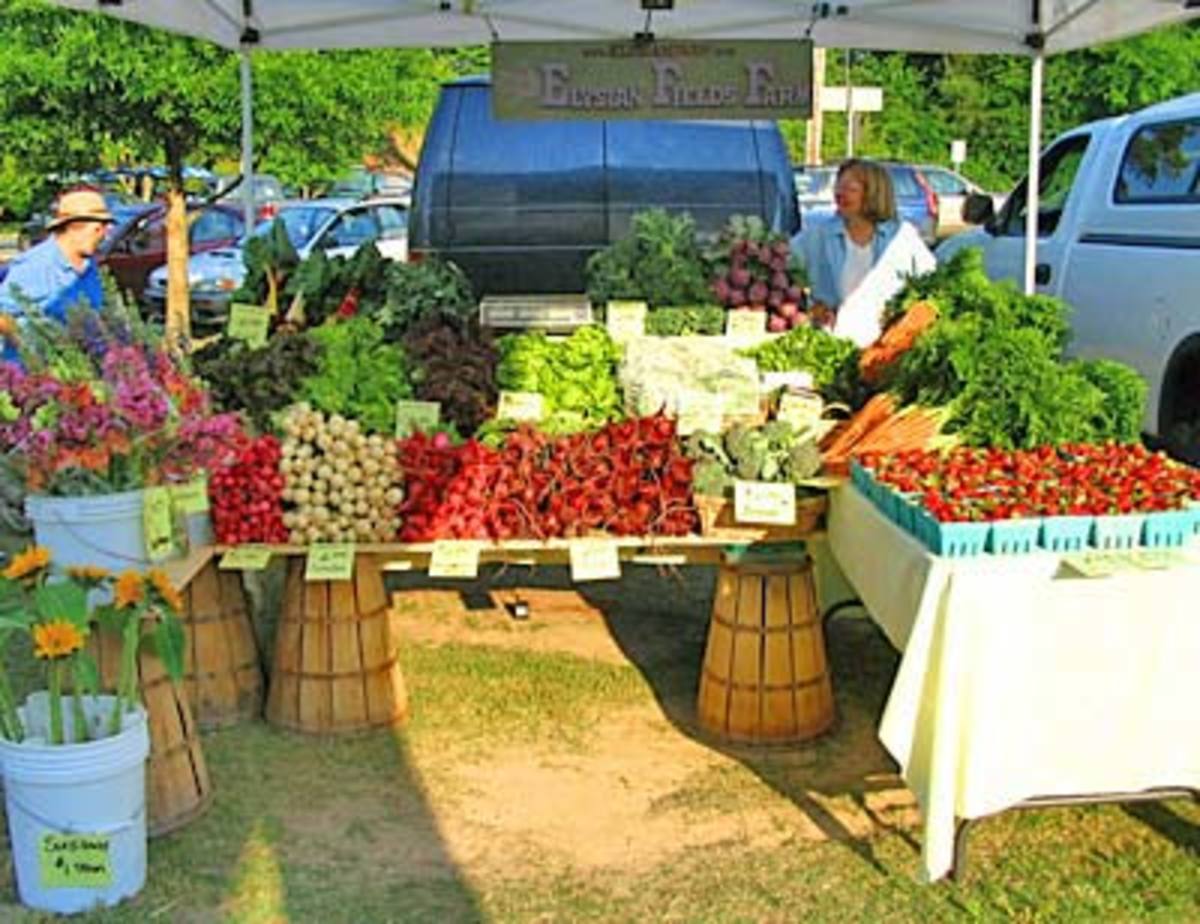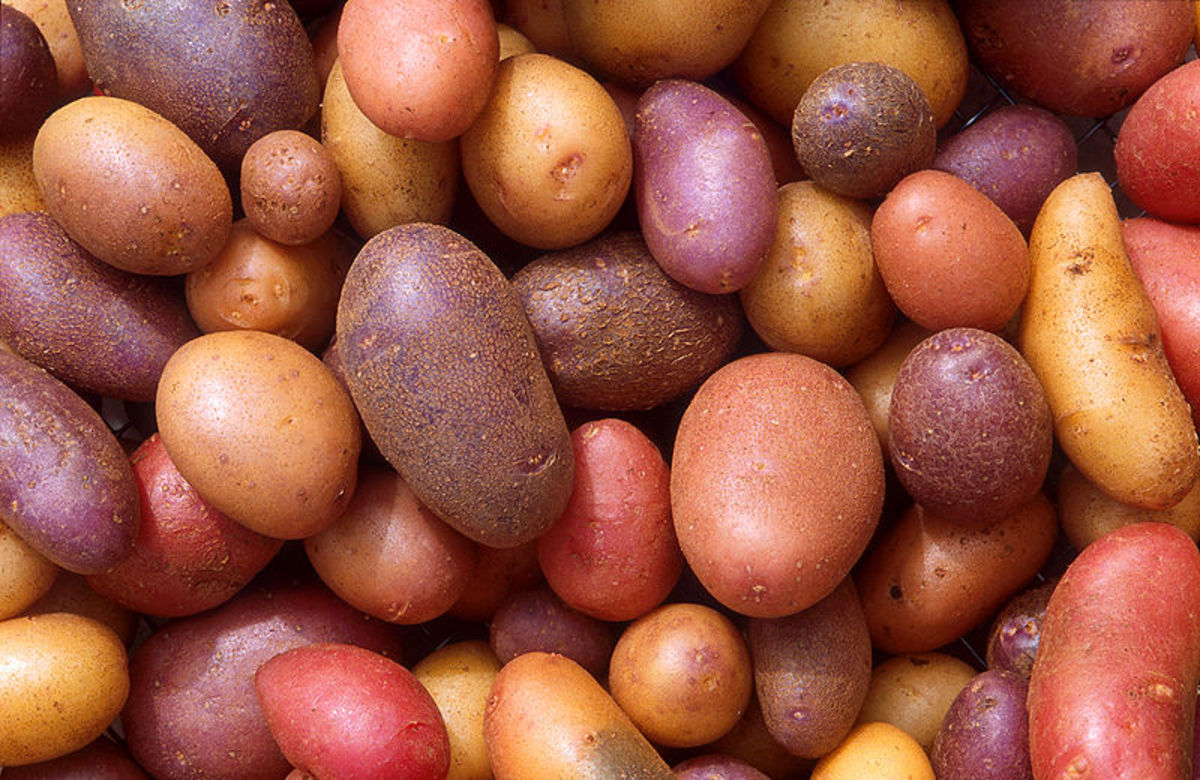How to Start an Indoor Vegetable Garden

Starting an indoor vegetable garden is a great way satisfy your green thumb and have fresh produce for your table year round. Unlike outdoor vegetable gardens, you can grow vegetables indoors during the coldest part of winter. You don’t even need to place your vegetable garden by a window. With the right equipment, you can have your indoor vegetable garden anywhere you want, even in the basement.
Indoor Vegetable Gardening Basics
When you grow vegetable indoors, you need to provide the plants with everything they would get naturally outside. You need to give the vegetables soil, light, water, nutrients, warmth and even pollination. When you choose a place to put the indoor vegetable garden, make sure you will be able to provide these things easily.
You can use any type of container for growing vegetables indoors, but keep in mind the mature size of the vegetables and the amount of space you have. Make sure the pots have drainage holes and use a saucer to catch any dripping water. You can’t use just regular dirt from the outdoors in your indoor garden because it may have diseases and pests. Regular dirt also tends to become compacted so the roots of your vegetables won’t be able to breathe. Fill your containers with a light, sterile potting soil or use a soilless growing mix. You can make your own growing medium by mixing sphagnum peat moss, perlite and vermiculite. You can also add compost or mix some potting soil in if you want. This mix won’t become compacted and will hold moisture well.
Indoor Garden Grow Lights
Vegetables need six to eight hours of sunlight each day, but most homes won’t get this amount of sun through windows alone. You will need to use a grow light or indoor plant growing system to provide your plants with the light they need. You can buy a small grow light system meant for only a few plants or a large grow light system that can handle many large plants. The bulbs in your grow light system should provide the full UV spectrum of light to most closely mimic natural sunlight. You may have seen incandescent bulbs labeled as daylight or grow light bulbs, but they aren’t appropriate for growing plants under because they are too hot and don’t provide the right kind of light. Most indoor grow light systems for your home will use fluorescent lights, LED lights, high pressure sodium lamps or metal halide lamps. Fluorescent lights and LED’s are a good choice if you are on a budget. High pressure sodium and metal halide lamps are what the professional growers use, but they are much more expense. You can also make a grow light system using metal shelves and fluorescent light fixtures from a local home improvement store.
Types of Vegetables for an Indoor Vegetable Garden
Some vegetables are more suitable than others for growing indoors. Your growing space is limited by the size of your pots, your floor or shelf space and the grow lights. Unless you have a lot of space and an extensive grow light setup, you should not grow corn and large vines. You can find bush or dwarf varieties of vegetables like peas, beans and cucumbers to grow indoors. Tomatoes, peppers, carrots, radishes, lettuce, onions, spinach, swiss chard and herbs all grow very well indoors under grow lights. Make sure you buy your seeds during the summer if you want to grow vegetables indoors in the winter, because they will be hard to find once the weather gets cold.
Growing an Indoor Vegetable Garden
Once you have planted the vegetable seeds and they have begun to sprout, arrange the grow lights so that they are 4-6 inches above the tops of the plants. As the plants grow, raise the grow lights. Watch the vegetables closely and raise the grow lights up if the plants begin to burn, or lower them if the plants look like they are not getting enough light. Vegetables need darkness as well as enough light to grow well, so turn the grow lights on and off to mimic day and night; you can use a timer to make this easier. You will need to pay more attention to the water needs of your plants when you grow vegetables indoors because the air in most houses is very dry. Water your vegetables whenever the top inch of soil is dry.
Other Considerations for Indoor Vegetable Gardens
The soil in an outdoor garden has plenty of nutrients for the plants to feed on, but most potting soil and soilless growing mixtures do not. Feed your indoor vegetable garden with a slow release fertilizer every few weeks according to the directions on the package.
Once your vegetables start to flower, you will need to pollinate them yourself because you won’t have bees or wind to do the work for you. Use a paintbrush to transfer the pollen from flower to flower. Some vegetables are self pollinating so all you need to do is shake the flower a little so that the pollen falls down inside. Other vegetables have separate male and female flowers, so make sure you are pollinating the right ones.
If you are growing vegetables indoors in the winter, you also need to pay attention to the temperature. Some vegetables can handle cooler air, as long as it is not too cold, but others need warm air to do well. Your grow lights will add some heat, but if your indoor vegetable garden is in a garage or basement, you may need to supplement with a small heater. Monitor the temperature closely with a thermometer, because too much heat can damage the plants as well.
Indoor vegetable gardening is a great family activity. Your kids will love planting the seeds and watching the plants grow. There is nothing more satisfying than filling your table with vegetables that you have helped nurture and grow yourself.






